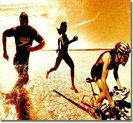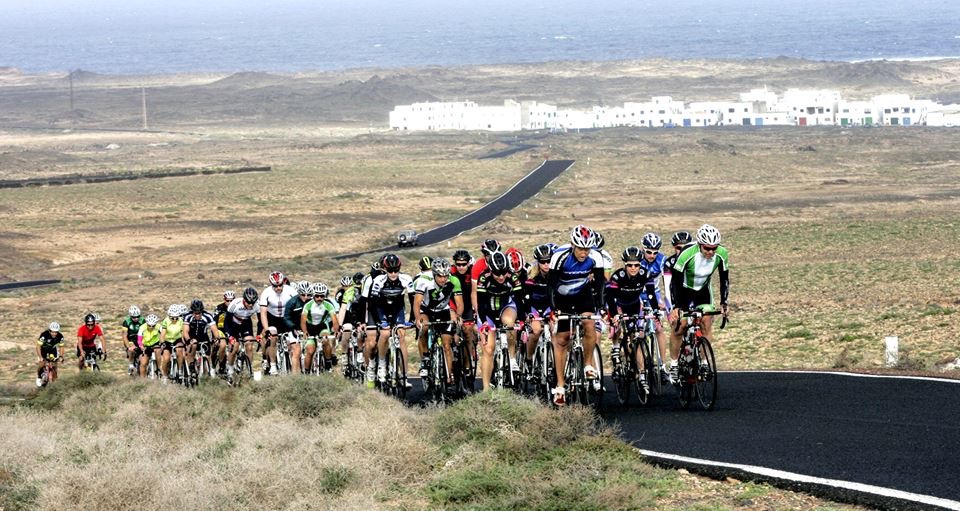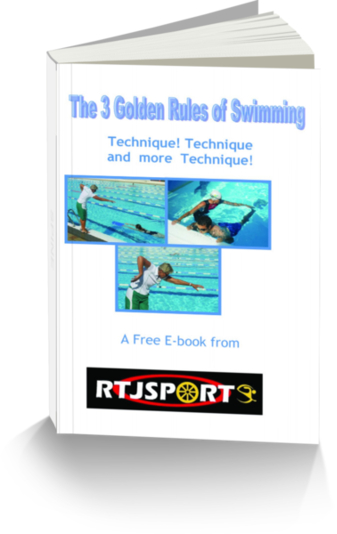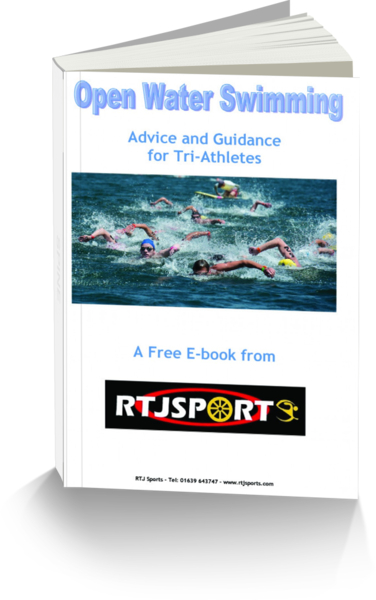Intermediate
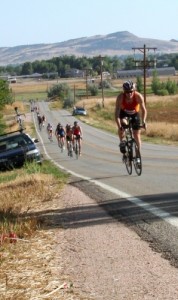 So you have a few triathlons under your belt and you want to improve your performance. We’ve come up with some guidance for intermediate triathletes to help you to get to the next stage of your performance abilities.
So you have a few triathlons under your belt and you want to improve your performance. We’ve come up with some guidance for intermediate triathletes to help you to get to the next stage of your performance abilities.
Pedalling techniques
When is the last time you thought about how you pedal? Although often overlooked, the correct pedalling technique can help you achieve performance gains like improved power output and ultimately more speed.
To move from beginner to intermediate, where some momentum is maintained during the transition between legs, you should imagine scraping mud off the ball of your foot. This extends the leg drive and improves your transitions.
Pedalling Tips
1. Get your bike setup correctly – Having your saddle in the incorrect position can cause havoc with your pedalling technique and can also cause recurring problems with your legs, back and shoulders. Invest in a professional bike fit service.
2. Think about the whole pedal stroke – Rather than just pushing the power through the downwards section of the pedal stroke, think about engaging your hamstrings. You’ll feel as though you’re scraping your feet at the bottom of the pedal stroke and getting ready for your next revolution.
3. Achieve balance – To get the most efficient pedal stroke, try to apply force evenly between both of your legs.
4. Practice makes perfect – At first, this new approach to pedalling may feel alien, however after a few sessions the technique will start to become ingrained in your muscle memory. This also means you’ll be able to transfer those all-important performance gains out on the road.
Nutrition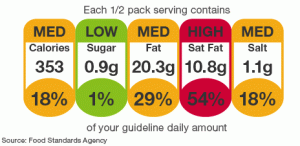
High quality nutrition, consumed at the right time, and tailored for your training regime will result in more efficient training, performance and recovery.
Achieving a good level of general health is important when thinking of any training regime or sporting event. If your day-to-day nutrition is poor, focusing on race day nutrition will yield little results. Cleaning up your basic nutritional habits will ensure that you optimise your health and create a solid foundation from which you can then focus on performance. On a basic level, this includes avoiding refined sugar and carbohydrate, processed food, fast food, moderating coffee and alcohol, and working your way towards a more healthful, whole foods diet. A base of healthy grains, lean protein, essential fats, vegetables, fresh fruit, nuts, seeds and cold pressed oils will quickly get your general nutrition up to scratch, allowing you to target your training and sport specific goals.
Once you have a base level of nutrition, there are three main factors to consider to help improve your athletic performance. These factors include recovery, pre-exercise nutrition, and nutrition during exercise.
Recovery
Recovery is the most important factor for building and sustaining muscle, and ensuring that you have enough reserve to perform in your next session. If you are recovering more effectively from sessions, you can not only fit in more sessions but you will perform better in these sessions, leading to greater performance gains and a competitive advantage.
Factors to address in recovery nutrition are replenishment of muscle glycogen, muscle tissue and soft tissue repair, protein synthesis, inflammation reduction and rehydration. What you consume after your workout is vital for rebuilding and repairing the body.
The best way to take in your post workout nutrition is through a recovery shake. The body is fatigued after training and blood flow is concentrated in the extremities, rather than the gut, making it difficult to digest food immediately after an intense workout. Shakes are digested easily, and contain simple nutrition that is absorbed and delivered to the muscles quickly.
The first meal after you train should be about an hour after your recovery shake, and should consist of high quality protein and whole foods that are rich in vitamins and minerals. Lean protein, high quality unsaturated fats, and fresh vegetables are ideal. Whole grain, low glycaemic carbohydrates are best taken in the morning or day time to help sustain energy rather than in the evening before going to sleep. At night, your body’s function is repair and regenerate – vegetables, proteins, and simple essential fats will help rebuild the body. Carbohydrates will fuel it.
 Pre Exercise Nutrition
Pre Exercise Nutrition
Pre exercise nutrition can play a major factor in your ability to perform. Getting it right can mean the difference between being able to sustain high intensity exercise and hitting the wall.
Adequate hydration and sufficient fuel will help the body work harder and perform better, using the least amount of energy possible. The body’s first choice of fuel during exercise is simple carbohydrate. A common mistake made amongst athletes is to eat too much protein before intense exercise, which often results in muscle cramping, dehydration and fatigue. Protein is used for building muscle, it is not an efficient fuel. Simple carbohydrate is the most readily available source of energy for the body.
Your choice of nutrition should vary depending on the length of your session.
For short bursts of high intensity exercise, such as a 4-6 mile run, your primary pre workout snack should be simple carbohydrate. Keep in mind that I am referring to healthy choices such as fruit; highly processed and refined sugar should be avoided. Glucose rich fruits are ideal for exercise because glucose is the muscles primary source of fuel and does not need to be converted into a different form before it is used. It can be absorbed quickly and used immediately. Dates are the best choice for a shorter intense session, as they are rich in glucose. Fructose is burned more slowly as it needs to be converted into glucose first, which means the energy will kick in at a slower rate. Bananas have a good ration of fructose and glucose, which will provide you with both quick and prolonged energy. You should experiment with different kinds of fruit to see how much energy you need and what works best during different sessions.
For longer sessions at high intensity lasting up to three hours, it is useful to include a source of easily absorbed protein/amino acids as well as essential fats. Branched chain amino acids or a small amount protein powder is good to include in your pre workout snack to help provide a sustained amount of available energy and improve endurance. Protein and fat should be included in a ratio of
Nutrition During Exercise
For workouts or races that exceed two hours, it is important to carry nutrition and hydration with you.
During a race, it is best to consume nutrition in a liquid or gel-like form in order to minimise digestive strain, prevent cramping and ensure that your energy is easily absorbed. Sports gels are designed to deliver a high amount of carbohydrate as quickly as possible, and can be an excellent source of quick energy to boost your endurance. Gels are easily absorbed, so they will deliver energy to the muscle without taxing the digestive system. Be wary of gels that are highly processed with artificial flavours and chemicals. These can often cause large fluctuations in energy resulting in intense highs followed by intense lows. If you can’t find one that you like, or if you want to make sure you are only putting high quality natural ingredients into your body during your race, you can easily make your own gels at home by blending dates, maple syrup and Himalayan sea salt to replenish electrolytes.
Whichever gel, snack or source of hydration you choose, it’s important to practice with them before your race. You should never try something for the first time during an important event so take the time to experiment with your nutrition to see what works best. A training journal can be of great value if you are looking to improve your performance and energy in this respect. Simply track your food and training habits over the course of about one month, also taking note of how you felt during and after each session. Usually it is easy to see a pattern, and the days you performed at your best during a training session or race were most likely preceded by the best nutritional habits.
When thinking about pre-event preparation, one of the most important elements to get right is hydration.
Common misconceptions about hydration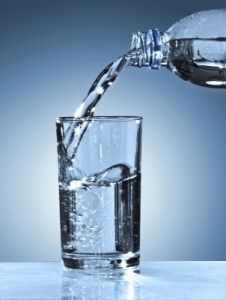
Misconception 1: Electrolytes and carbohydrates
Many sports drinks available contain electrolytes and carbohydrates which they claim improve performance. The bottom line is that electrolytes are generally not required for short, light training sessions. It’s best to use electrolytes (notably Sodium) when sweat losses are high over extended periods.
With regards to carbohydrates, the guidance is much the same. For sessions longer than 60-90 minutes at reasonably high intensity, you should be looking to ingest some carbohydrate in the form of gels, bars or real food alongside your water and electrolytes. At Human Race events there will be energy bars, gels and drinks on hand to ensure you’re properly hydrated and your body is replenished.
Misconception 2: Thirst is not a good indicator of your hydration
Your body is equipped with a fantastic mechanism to tell you when we need to drink…and that’s called thirst. As your training for your big event moves forward you’ll become more tuned into your body’s needs, whether that’s recovery, nutrition or hydration. Listen to your thirst mechanism and use it to guide your fluid intake.
Misconception 3: More is better
Whilst dehydration can have a negative impact on performance, not many people know that over hydration can actually slow you down. What really matters is giving your body the right amount of fluids at the right time. The key is learning to listen to your body and to make sure that you have adequate fluids readily available so you don’t get excessively thirsty.

